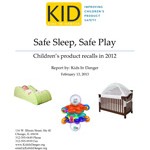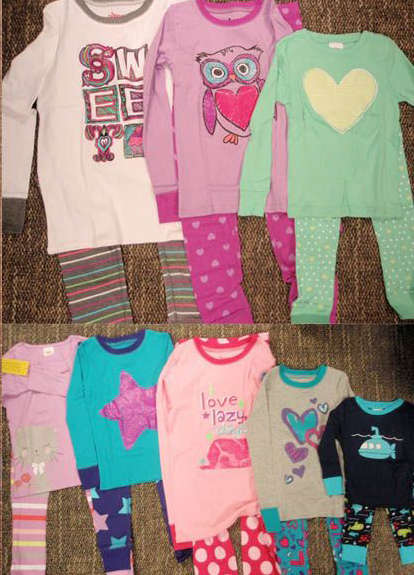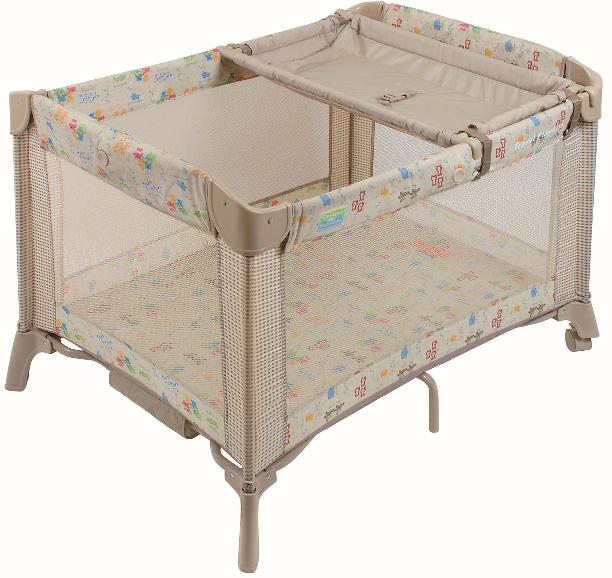
As we have done every year since 2002, today KID released our report on children’s product recalls from the past year. In 2012, the number of children’s product recalls continued to decline to 97, the lowest number since 2004. But while the number declined, let’s put it in perspective. Most parents say they hear about recalls once or twice a month at the most – but in fact, in 2012, a children’s product was recalled every three and a half days. It can be hard to keep up!
Safe Sleep, Safe Play: Children’s Product Safety and Recalls in 2012 shows that while children’s product recalls dropped, the numbers of incidents (up 49%), injuries (up 42%) and deaths (up 200%) associated with those products rose dramatically from 2011.
We believe that the impact of new safety regulations can be seen in reduced recalls this year. Recalls for unsafe cribs and toys with lead continued to drop. The new requirements were part of the landmark 2008 Consumer Product Safety Improvement Act (CPSIA), a portion of which is named for Danny Keysar, whose parents founded KID.
But the increase in reports of injury or close calls before recall merits closer scrutiny. It is possible that SaferProducts.gov and other efforts have encouraged more reporting of incidents, but more analysis is needed of reports of injuries and incidents, to understand why so many injuries are sometimes involved before a product is removed from homes and childcare facilities.
(Check out pictures of the press conference with KID, Illinois Attorney General Lisa Madigan and Leslie Combs with US Representative Jan Schakowsky’s office)
Additional findings of the report include:
- A third of the recalls (31%) were for nursery products bought to be used with the most vulnerable consumers – infants and toddlers.
- One product, the Flexible Flyer Swing Set, had 1,232 reported incidents before consumers were alerted to the dangers through the recall.
- Eight children and one adult died prior to the recall of these products. This includes five deaths involving the Nap Nanny or Chill Infant Recliners. Other products involved in deaths were crib tents, travel beds, strollers, and an inflatable water slide which killed an adult.
- Sleep environment products continue to pose a significant hazard, with 7 deaths associated with these products.
- CPSC collected a total of $3 million in fines for companies who violated safety regulations, mostly for failing to report hazards from products such as drawstrings, baby boats, and magnetic toy sets.
The report shows two trends. First, there are still manufacturers putting products that violate well-established standards into the marketplace. For instance, all but one of the 22 recalls of clothing items were for violating flammability standards, the small parts standard, lead paint standards or the CPSC prohibition on drawstrings – all of which have been on the books for decades. Companies should take action to eliminate these known hazards completely.
The second, more troubling trend is products that are sold for use with very young children, but are not subject to any safety standards. For instance, the Nap Nanny and Chill Infant Recliners, the PeaPod Travel Bed and Tots in Mind Crib Tents were sold for infant sleep and yet no standard covers these products. Parents assume infant sleep products have been tested for safety if they are on store shelves. Families have paid the ultimate price to find out this wasn’t true. Seven children died in these products.
In a statement on the report, US Representative Jan Schakowsky said, “Once again, KID’s annual recall report is providing critical analysis of the status of children’s product safety. The year 2012 showed continued progress after passage of CPSIA, but also raised questions about ongoing safety standard violations and the high numbers of injuries and deaths prior to recalls. In my role as Ranking Member of the House Energy and Commerce Subcommittee which has jurisdiction over consumer product safety issues, I will be conducting oversight of the Consumer Product Safety Commission and working with KID to get answers to those questions.”
KID will continue to work both to support strong standards for the products covered by “Danny’s Law” and to assure that all products sold to care for children are covered by standards. In addition, KID continues to focus on recall effectiveness. It is not enough to recall dangerous products; more must be done to get them out of homes and child care facilities.
KID recommends that parents check the products used with their children at SaferProducts.gov for recalls and injury reports and sign up for safety updates at KidsInDanger.org. Accessing KID’s website on a mobile device allows consumers to search for recall information while shopping or considering a second-hand product. In addition, parents should report problems with a product both to the manufacturer and to CPSC at SaferProducts.gov, and urge elected representatives to make strong standards and recall effectiveness a priority.



3 Comments
Bobby @ educational toys
"The second, more troubling trend is products that are sold for use with very young children, but are not subject to any safety standards."
This is very troubling to find out. Everyday we just are naive to think everything has some type of safety standard. Every toy and product should be tested you would think.